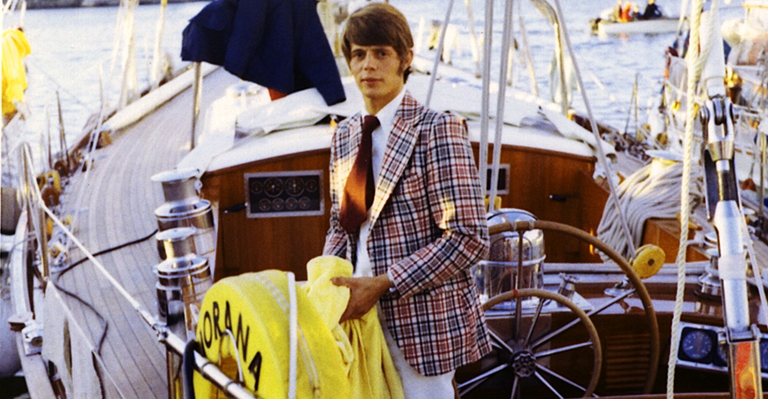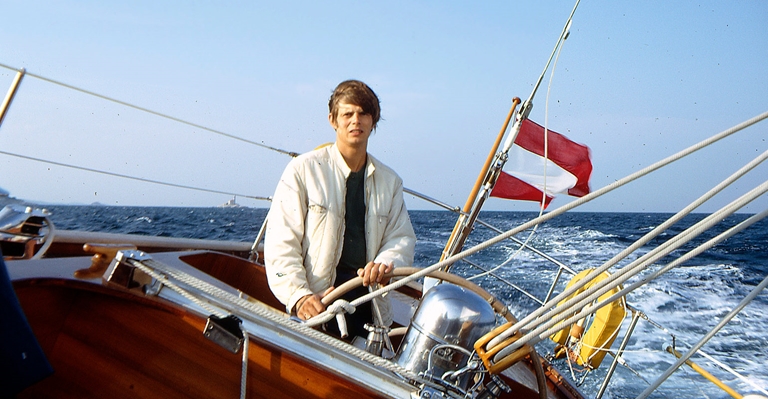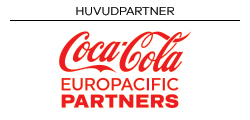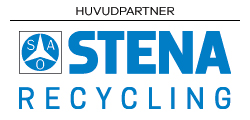A legend's first Gotland Runt - Roger Nilson
Swedish sailing and KSSS have several legends, including Roger Nilson who, among other things, participated in the round-the-world race Whitbread/Volvo Ocean in no less than 7 times. This is his fantastic story when he sailed Gotland Runt for the first time.
I had just returned from a year of adventure at sea. The last few months, I had ended up in Mexico after the entire crew of the 35-meter ketch Astral had been fired. We lived an exciting life there for a few months as guests of a bunch of rich Americans before I realized it was time to go back home. I had actually taken leave from my Naval Officer education, and it was time to return to a more normal life.
The contrast between life in Acapulco and the Naval Academy came as a total shock. Some weeks into January 1971, we all stood in the barracks next to the castle in Näsbypark.
“Ten hut! Forward march, right and left, halt! ”The officer roared and I quietly wondered how I would stand this life. But I was lucky and ended up with Kjelle. He offered a marijuana cigarette before the first exam in navigation, which went really well. I had found someone who thought in a slightly different way and, like myself, was not very enthusiastic about the military environment. Summer came and cadet 556 Nilson enlisted onboard as captain of the unseemly little fishing minesweeper Gillöga who did not look much to the world. The first Sunday in July was approaching. Our entire small fleet of minesweepers was trapped in the rock at Musköbasen a few miles south of Stockholm. The summer was in full swing, and it generally felt depressing that I had not found a boat to sail on Gotland Runt. I felt that racing was what I wanted to do the most. No more crazy trips on cruising boats around the world's oceans, I have had enough of that.
One Friday night, I had snottily been rejected by a girlfriend in town and drove my old Volvo 444 from 1951 back to the Muskö base. I had received the car from my dear grandfather. It was a shame how badly I took care of the previously so well-kept gray ride with a split rear window and turn signals on the roof.
The following Saturday morning I was forced to have breakfast on board inside the dark and gloomy mountain where the condensed water dripped like sad tears from the roof.
It was my weekend as being in charge of the guards and I was not happy when the phone rang. Some new boring military task, I thought.
- I call from KSSS (Royal Swedish Yacht Club) in Sandhamn. Is this Roger Nilson I'm talking to? asked a slightly stressed male voice.
- Absolutely, what can I do for you? I was all ears now when I heard where the call came from.
- We want you to come here immediately to navigate Gotland Runt aboard a brand new Austrian 65-foot racing boat called Iorana. You must be here by tomorrow morning at ten o'clock. Call back as soon as you can confirm, they want an experienced navigator who has a lot of "local knowledge" added the man.
Now I remembered: Several months earlier I had left a letter to KSSS crew search with an interest in racing Gotland Runt. All my attempts to get in touch with skippers on racing boats had failed. As usual, it was all about contacts and I did not have a single one in the racing community. Cheeky I had written to KSSS:
“An experienced professionally trained navigator wants a place on board a Class I or II boat. Extensive experience of offshore sailing, including a crossing over the Atlantic. ”
Of course, I had not written a word that I had never sailed offshore racing and intentionally wanted to sound a bit swaggering. Nor did I write anything about my young age, 22 years old in March.
- It sounds fun, I think I can come. What should I take with me? I wondered, already on my way.
- You need a set of fresh charts, that's all. Call me as soon as you can, the man from the KSSS office concluded.
How would this be possible? My brain was booming. Not so easy to get me out of the guard job as my boss this weekend was an angry, grumpy and a bit complex non-commissioned officer with whom I did not have the very best relationships. On my first question, there was a blank "No, you stay here". Time passed and I was desperately looking for a solution. Early on Sunday morning I had decided to play a risky card. Equipped with a full bottle of Explorer vodka, I went over to his ship and sat opposite him in the small fair.
The bottle was well wrapped in newspaper but what the package contained was clear. I put the bottle on the table and sat quietly for a while.
- Please, is there a chance that you can help me do the first Gotland Runt of my life? I spoke to him in a submissive, appealing, almost tearful tone.
- Go, I do not say anything to anyone, he said almost kindly and discreetly pulled the bottle under the edge of the table.
I wanted to jump up and hug him, but I did not do that at the time. He probably had not been so receptive either…
For a moment I sat in the Volvo and realized that time was very short. I called KSSS in Sandhamn and said that I was on my way but I would not make ten o'clock, I also had problems with my old Volvo. The radiator boiled and leaked violently, which meant that a water-filled flower pot of the largest model was an important part of Edvin's equipment, the car was named after my grandfather.
The journey went as fast as possible towards town and further out on Värmdö to Stavsnäs. After every 10th kilometer, there was a quick stop to fill the radiator with water. Would I make it to the start?
Somewhere out on Värmdö, the Volvo definitely said no, but I somehow managed to get it into a gas station where a friend worked. He took me in his car the last bit to Stavsnäs. When we skidded down to the quay and stopped in a cloud of dust, we saw the ferry disappear behind the nearest island. Not a private motorboat as far as the eye could see. Everyone was out at the Gotland Runt start.
- What do we do now?
- Look over there is a pilot boat, maybe it is on its way out to sea, peppered my friend who had saved me all the way here. The pilot boat was with the engine on and waiting.
- Which way are you heading, can you take me to Sandhamn? I asked tentatively.
- We normally go south of the island, the pilot boat driver replied in a dismissive tone.
- If you get this, can you take me to the main doc in Sandhamn? I asked, putting a 50 SEK note in his hand. He nodded and we leaved as soon as the pilot showed up.
At 11:00 the pilot boat put its bow against the doc on Sandön and I ran as fast as I could to the KSSS race office. Every single boat had left except for a single, white-painted giant sailboat that was just about to launch from the main pier. Inside the office I met the man who called me and quickly I was onboard this beautiful boat.
"Good that you came, I guess you're Roger. You seem stressed, sit down and take it easy. Here you have a little whiskey. What are you wearing, that's probably not possible to sail in. Look here, take this money and go up and buy boots and some sailing clothes. Iorana's owner and skipper, the Austrian Wolfgang Denzel, obviously wanted to see me a little more seaworthy.
Embarrassingly, I wore black leather shoes, plain pants, a large-checkered jacket and shirt. The only sensible thing I had with me was a roll of new charts. At 13.00 the starting shot was fired and I was the happiest person in the world. Iorana came straight from the yard in Germany, she was designed by the famous brothers Olin and Rod Stephens and had an underwater body that resembled the America´s Cup 12 Intrepid. I could hardly believe it was true. The crew, who seemed extremely professional, several of them Olympic sailors from Austria and Germany. How would I handle this? I just hoped no one would ask about my experience from all the other Gotland Runt that they assumed I had sailed. Fortunately, no one did, and I was soon fully concentrated on my task.
At that time, the navigator was largely busy keeping track of the boat's position at every moment. Navigation was almost an art form, it was about a combination of experience, talent and feeling. There were no electronic aids like GPS, and radar was very unusual on racing boats as these facilities were heavy, expensive, awkward and bulky. What mattered was to draw the boat's estimated distance and course on the chart as small pieces of pencil lines that hooked into each other. As we approached land, the art was to quickly correct the estimated position with optical bearings, and at some point the radio beacon could help reduce the area of uncertainty. Each time you approached a rounding, the navigator's skill was put to the test. But of course, even then, in the 60s, it was important to predict wind shifts and currents with the greatest possible precision. Iorana thundered across the Baltic Sea and everything went smoothly. When we had rounded Hoburgen around port, the southern tip of Gotland, we were met by a strong north gale and many on board did not think it was fun at all. At that time, they sailed north on the east side of the scenic island up to the lighthouse Svenska Björn up towards Åland.
-Let's do long tacks not to tire the crew too much. It was the boat's "sailing master" who wanted to spare the men. Wolfgang had delegated most of the responsibility to him.
- It is not a good idea, it is better to do many short tacks close to shore to get some sea shelter and thus smaller waves. I think that makes the crew less tired, I argued. I got what I wanted and soon everyone understood that I was right. Even then, I began to realize how important the role of the navigator was in the group's dynamics on board. It was important to dare to stand up for yourself in your advisory role without attacking anyone with personal or emotional arguments.
I also understood that an almost excessive accuracy, combined with constantly chasing all conceivable information, were virtues that led to good results. When, after thirty hours of tiring upwind sailing, we rounded the lighthouse Svenska Björn, we were by far the first of all boats and later moored in Sandhamn almost eight hours before Wallenberg's Refanut. Jacob Wallenberg and Wolfgang Denzel knew each other and a prestigious bet had been won by our fast boat and strong team. As soon as we had moored, the staff from the KSSS restaurant came down to the boat and served a complete dinner on white porcelain, on the pier. At midnight the long table was ready with white tablecloths and candles in silver candelabra. What a reception! Iorana's crew praised navigator Nilson in front of the KSSS race management and I could definitely have had a worse debut in the world of ocean racing.
